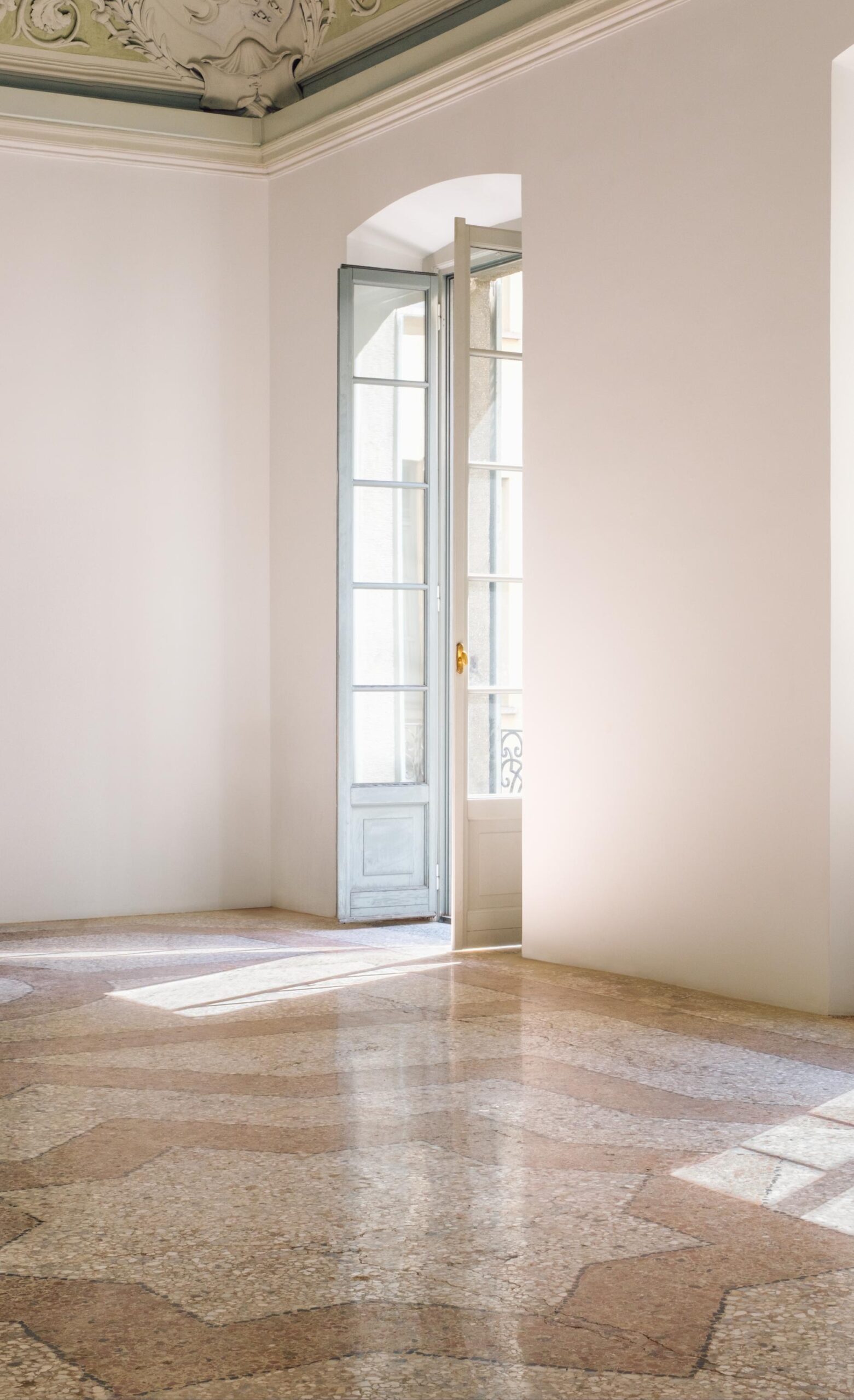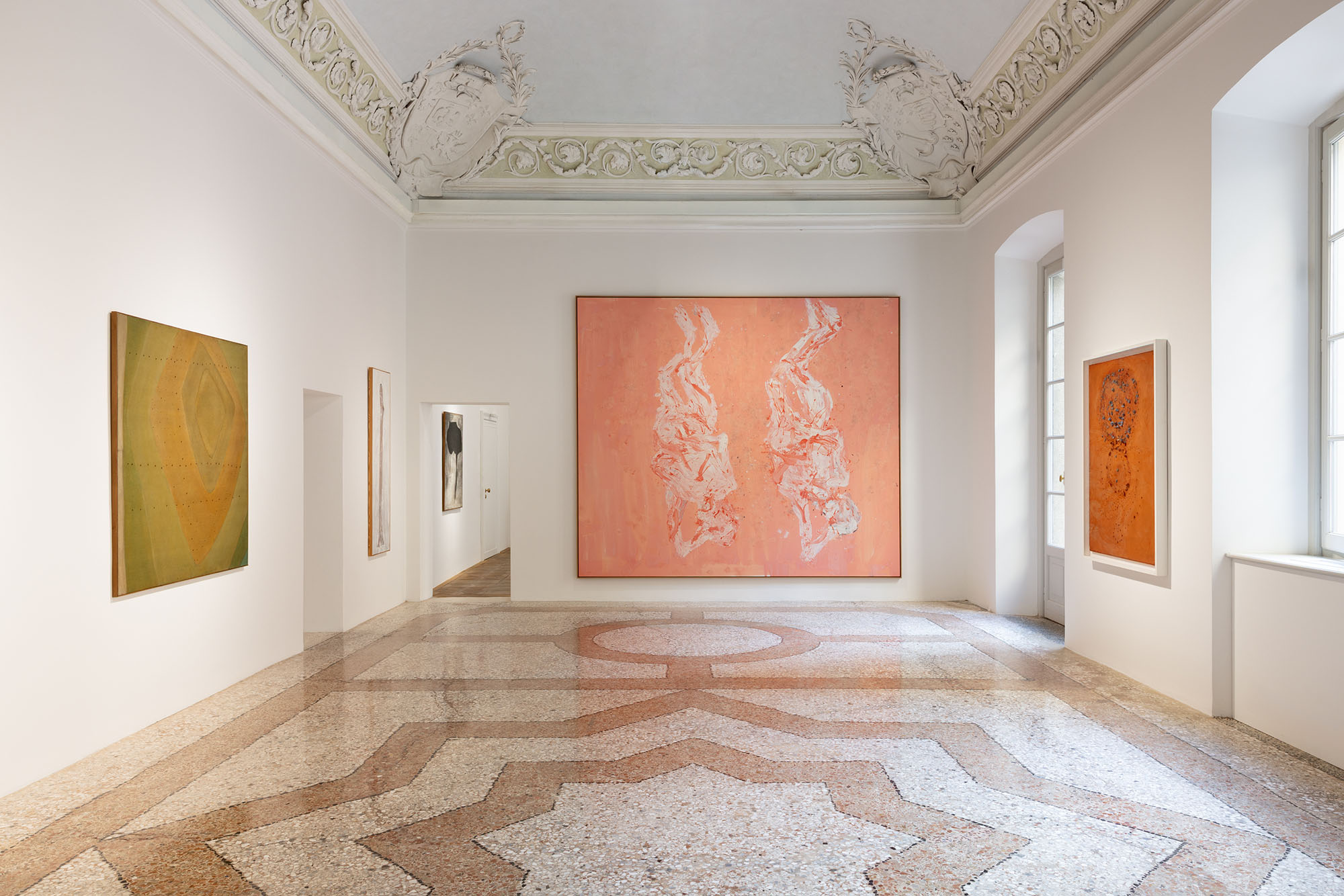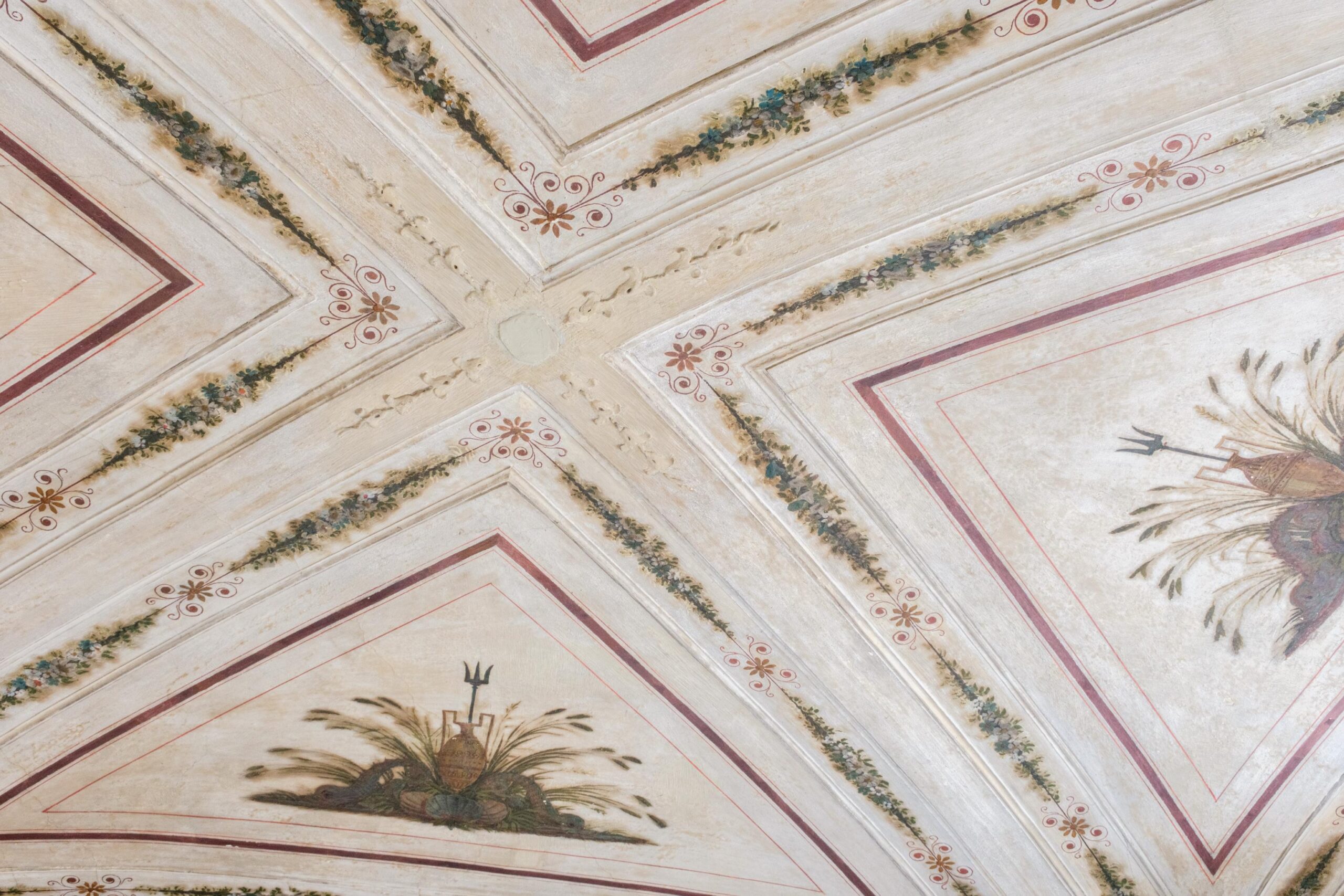
When the Austrian art dealer Thaddaeus Ropac announced in January that he was expanding to Italy, adding a seventh location to his showrooms in London, Paris, Salzburg, and Seoul, other dealers told him, “You must be out of your mind.” Italy’s value-added tax (VAT) on art was Europe’s highest at 22 percent. Even his staff questioned the decision.
“I thought, We’ll deal with it when I get there,” Ropac told CULTURED recently. “We didn’t do a feasibility study. These decisions are done by gut feeling, but first of all it has to inspire our artists.”
Ropac’s gut was onto something. The regulatory landscape changed dramatically in June, when the Italian government slashed the VAT to 5 percent in response to a pressure campaign by art market players. Overnight, the country’s art tax went from the E.U.’s highest to the common market’s lowest.
Spanning more than 3,000 square feet on the first floor of the landmarked 18th-century Palazzo Belgioioso, the new Ropac outpost is just a few minutes’ walk from the Duomo and opens on Sept. 20 with a show of Georg Baselitz and Lucio Fontana, followed by a show of Valie Export and Ketty La Rocca; Baselitz has worked with Ropac for over 20 years, and is, the dealer says, “part of the gallery’s DNA”; Fontana spent much of his life in the city. Industry veteran Elena Bonanno di Linguaglossa, who will serve as the executive director, was already a resident. She describes Milan as “the most European city in Italy.”

Ropac’s move comes at a moment when Italy is enjoying renewed appeal for Brits and other Europeans. The country is taking advantage of a flight of wealth from the U.K. following that country’s move to dismantle a preferential tax structure for non-domiciled (or “non-dom”) taxpayers. Brits in Italy can opt to pay a flat tax of €200,000 ($224,000) to avoid Italian levies on overseas earnings. Italy had introduced its own non-dom regime in 2017, drawing financiers and other wealthy residents. All that is to say nothing of the way Italy benefited post-Brexit.
“Italy is proving extremely popular,” Marc Acheson, a global wealth specialist at Utmost Wealth Solutions in London, told Bloomberg in May.
Even before the recent changes, the country was a thriving center for art galleries. Gavin Brown opened a new project space called La Pulce in Rome last year and the New York gallery Amanita is opening an outpost there on October 9. (One of its founders, Caio Twombly, is the grandson of artist Cy Twombly, a famous Roman expat.) In Milan, Ropac joins Cardi Gallery, Kaufmann Repetto, Lia Rumma, Massimo De Carlo, Robilant + Voena, and Tornabuoni, among others, as well as annual fairs MiArt and Salone del Mobile. The Fondazione Prada, which opened in 2015, and Pirelli HangarBicocca, a nonprofit contemporary art foundation established in 2004 and supported by the tire company, have also proven a destination for art lovers.
“Milan has a history of contemporary art-making throughout the 20th century,” Ropac pointed out. “All the Arte Povera artists came out of Milan and Turin.” Today, it’s a city that artist Maurizio Cattelan calls home, as do important collectors such as Gemma de Angelis Testa, Letizia Moratti, and, of course, Miuccia Prada.

Francesca Kaufmann, of Kaufmann Repetto, “felt like a pioneer” when she opened her Milan gallery 25 years ago after working at galleries including Metro Pictures and Esther Schipper. Whereas Rome and Venice are perhaps “suffocated” by their own history, she said, Milan offered a better place for contemporary art to take root, she thought, and the fashion and design industries have also blossomed there.
“We have incredible collectors,” said Kaufmann, with many families collecting for generations. Inheritance tax is also low in Italy, ranging from 4 to 8 percent. (The U.K., by contrast, taxes at 40 percent above a £325,000 threshold, about $440,000.) This allows more families to pass their holdings onto successive generations, making for more collections that span historical and contemporary.
“The other side to the coin is gentrification,” Kaufmann admitted, explaining that as more people discover Milan’s charms, everything is getting more expensive. The city also lacks a public museum of contemporary art, she pointed out. “But Milan has an exquisite lifestyle and quality of life,” she said, adding that “having an outpost in Milan is more interesting and sexy than Berlin, let’s face it.”
New galleries are popping up in Milan, too. Since 2022, the roving gallery Matta has been organizing site-specific projects in temporary spaces. Now, the founders—Pier Francesco Petracchi, Giulio Rampoldi, and Pietro Rossi, all veterans of high-profile galleries—have signed a five-year lease on a space in the southwest part of Milan. It’s a bit far from most other galleries, said Petracchi, but he hopes visitors will stay a while for in-depth conversations after making the voyage.
All this growth in Italy takes place against a context of deep anxiety about the health art market, with the market shrinking in each of the last two years and headlines filled with news of gallery closures.
Ropac is unfazed. “I’ve been in this business 43 years, and we have seen market downturns in each decade,” he said. “You take a long-term view. The market will come back. I’ve seen art move from the ivory tower to the center of life. In the ’80s it was exclusive, and now the art market is so much bigger than anyone could have imagined, even if there are big changes.”










 in your life?
in your life?

